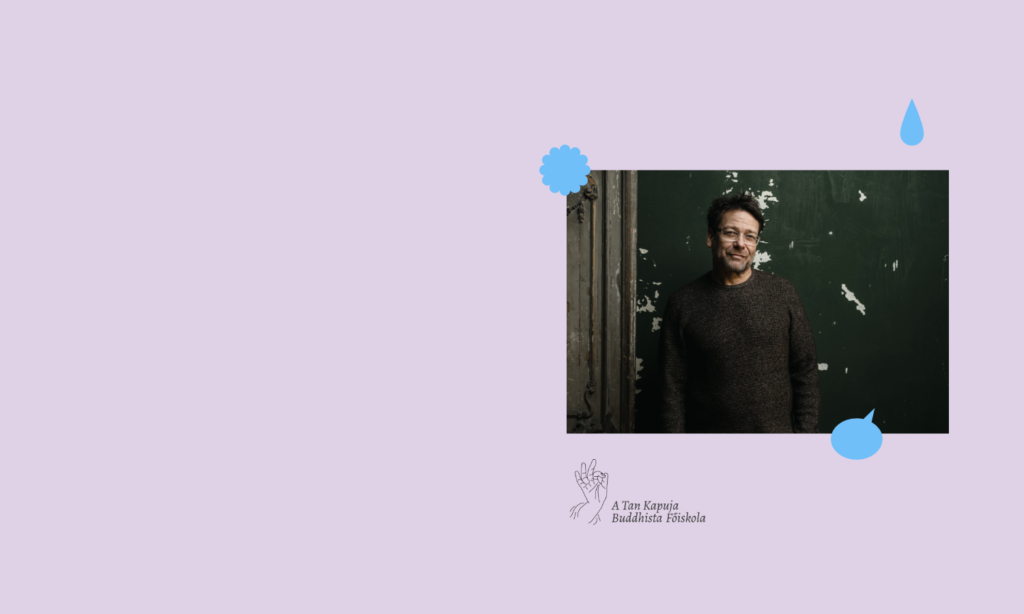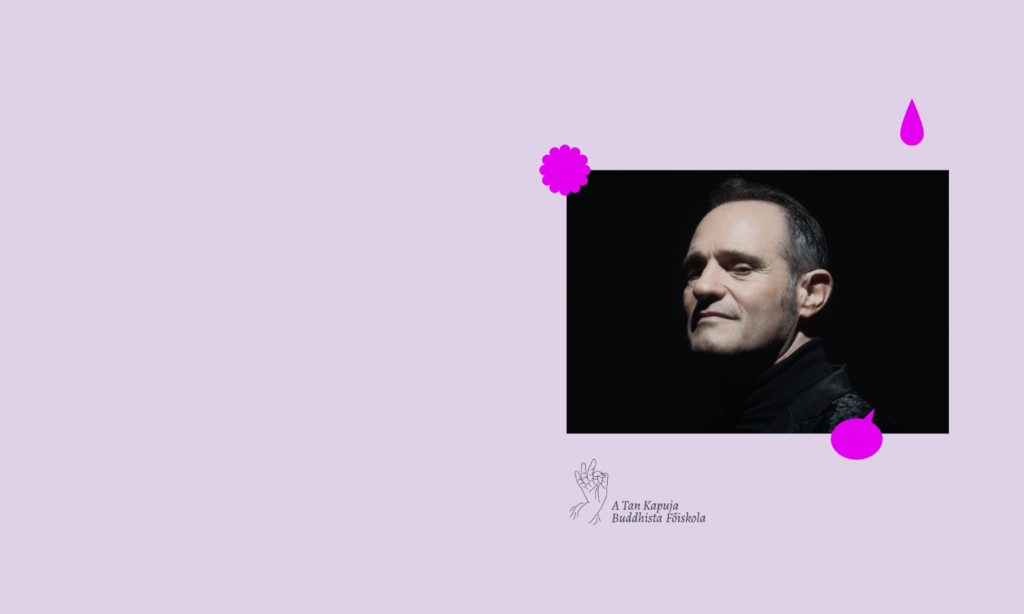- Hallgatói hírek
Főoldal > Vizuális antropológia – nyílt kurzus
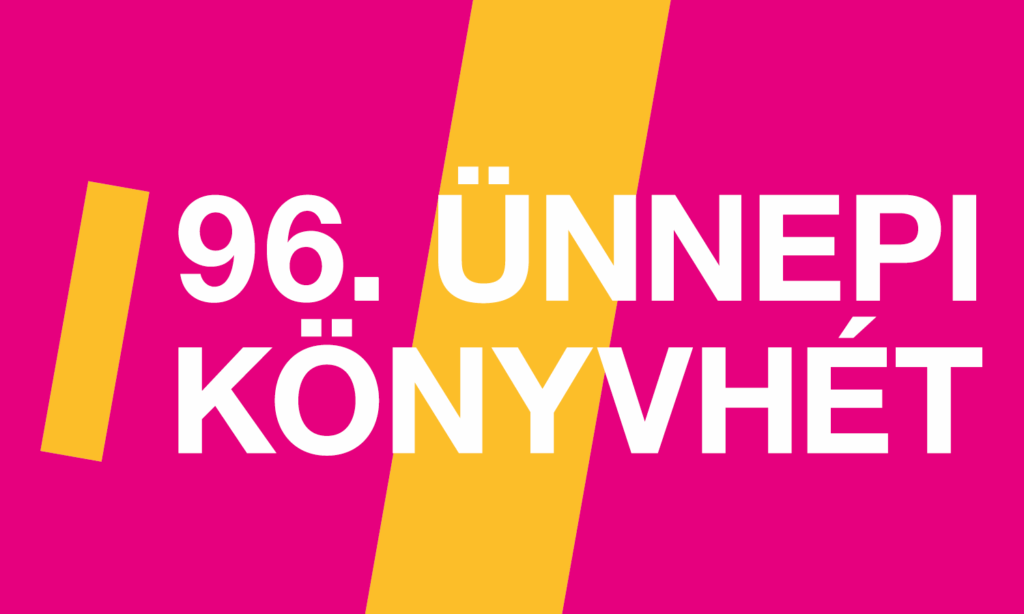
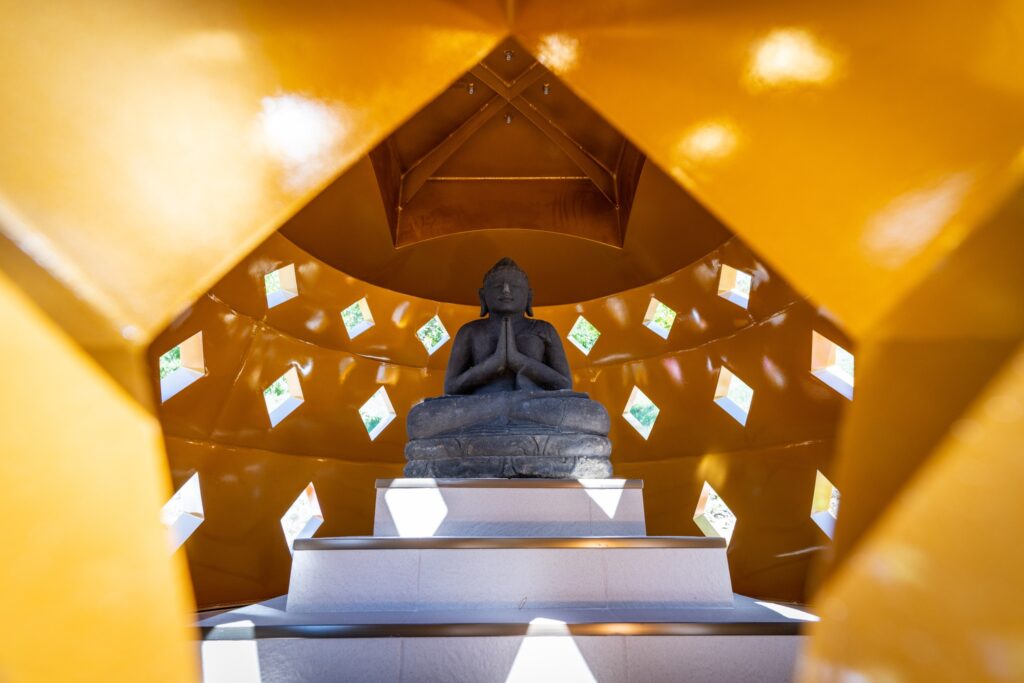
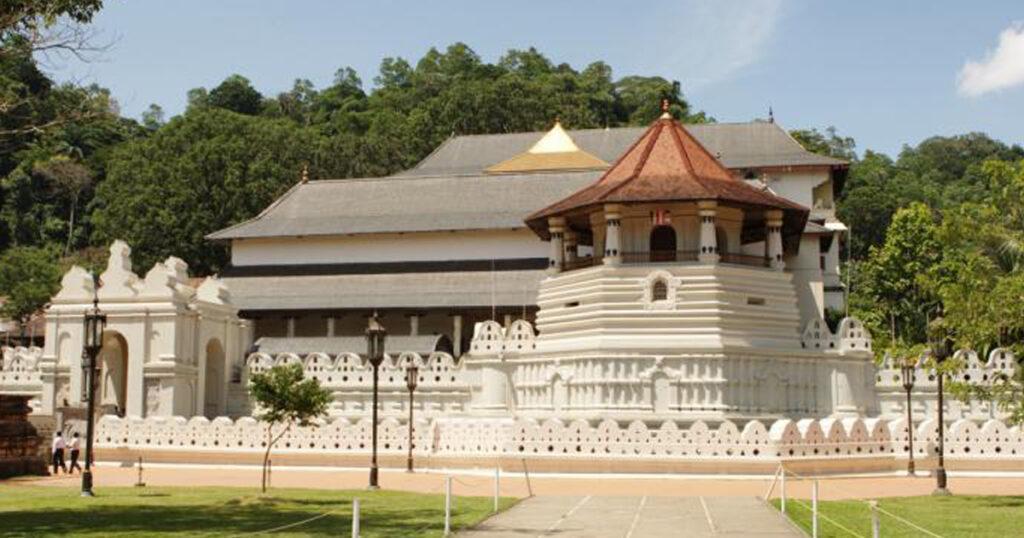
A kurzus angol nyelven fordító nélkül lesz megtartva!
JELENTKEZÉSI LAP / REGISTRATION FORM
This course traces Buddhism through Visual Anthropology. Why? My development in the study of human came via films, documenting cultures, and visual perception. How do Buddhists frame the world? In anthropology, this is known as worldview. I studied with the founders of visual anthropology and aesthetic anthropology. This was lucky. Together a vision & aesthetic sensibilities created a ‘way of seeing’. Buddhism provided the context of seeing. My experiment at the age of 27 was to see if a senior headmonk in Sri Lanka could direct a film. He was born in 1902, ordained in 1919, and had not seen a movie, yet he knew about cinema. This is my first case study based on the platform of my teachers’ work. We will explore how people without experience in visual anthropology produce a visual heritage recording of their culture in terms of their own worldview. We will look at Buddhism as an aesthetic system. The objective of this course is to give orientation to the understanding of Buddhism as believers in the dharma see themselves. It will trace how this research evolved a resulting lineage in anthropology. Filmmaking as a tool to record cultures, developed in the 1920s and 1930s. These works were to demonstrate a cultural heritage use of films. Yet, they were from the outside looking in. By the 1960s, a few anthropologists worked with native peoples to produce a visual expression of their daily life, a local aesthetic system. We will look at filmmaking in the process of ethics and local support in visual anthropology as a production by, for, and with the people it’s intended to represent. My intention is to show how I have dealt with questions in making visual accounts in specific research contexts using shared techniques for comprehending the individual in the matrix of society. The films I will share are made related to Buddhism, philosophy, and life's experience utilizing the cultural tools at hand for achieving social goals.
Introduction
This is a revisit to my film productions (1.) in Sri Lanka for the visual documentation of the autobiography of a Sinhalese Buddhist headmonk; (2.) with a Canadian filmmaker, Ms Anika Tokarchuk, for her final edit production of a film entitled Life as Cinema about the making of Phörpa (The Cup), an independent feature film by Dzongsar Khyentse Norbu Rinpoche, and other Tibetan monks who are rekindling their Buddhist faith in India; and (3.) in India with the “untouchable” people (dalit) to work on a biographical film on Dr B R Ambedkar (1891-1956) who started human rights social transformation as a poitical movement. My basis of research was grounded in the experimental film work of Ronald and Donald Rundstrom and Clinton Bergum on the serving of traditional Japanese tea entitled The Path. They filmed The Path for a course project taught by John Collier, Jr. at San Francisco State University. The film was based on the interactive participation of a local Japanese tea hostess serving her guests. It was a step by step study of the underlying dimensions of traditional sensibilities by performing a social art. A strategy of laying out a storyboard was followed by the direction of a Japanese tea hostess (Rundstrom et. al. 1973). Form this strategy, the insiders of a tradition were able to record faithfully their self-expression. I carried this practice to Sri Lanka for understanding an emic view of Theravada Buddhism in daily life.
Orientation In this course designed for Dharma Gate Buddhist College, we will gather twice a week, for a 3-hour class. This Master’s seminar follows an agenda outined below.
Regular attendance is expected. For the first part of the course, selected readings will be made available for students to digest, ponder, and respond to. As the course progresses, additional readings will be selected depending on interest. Students are asked to keep a notebook as a journal for the course. A midterm will be a written exam. The final is a project demonstrating skills in the pracitice of visual anthropology related to an aesthetic system, e.g., Buddhism.
Seminar grading: Midterm 30%, Final 40%, Participation 20%, Notebook 10%. Dr David Blundell (Ph.D. UCLA Anthropology) has taught socio-historical anthropology extensively on Buddhism in Southern and Southeast Asia.
Course Outline
1. Introduction of Seminar
2. Visual Anthropology and Aesthetic Systems
3. Approach Related to Buddhism
4. Learning from this Method in Practice
Midterm
5. Participant’s Case Studies
6. Meaning for Daily Life
7. Preparing for Final Projects
8. Reflections
Final Projects
JELENTKEZÉSI LAP / REGISTRATION FORM
There will be open public screening events after every classes. This is not required for the students, but recommended.
Please see the time schedule for further information.


